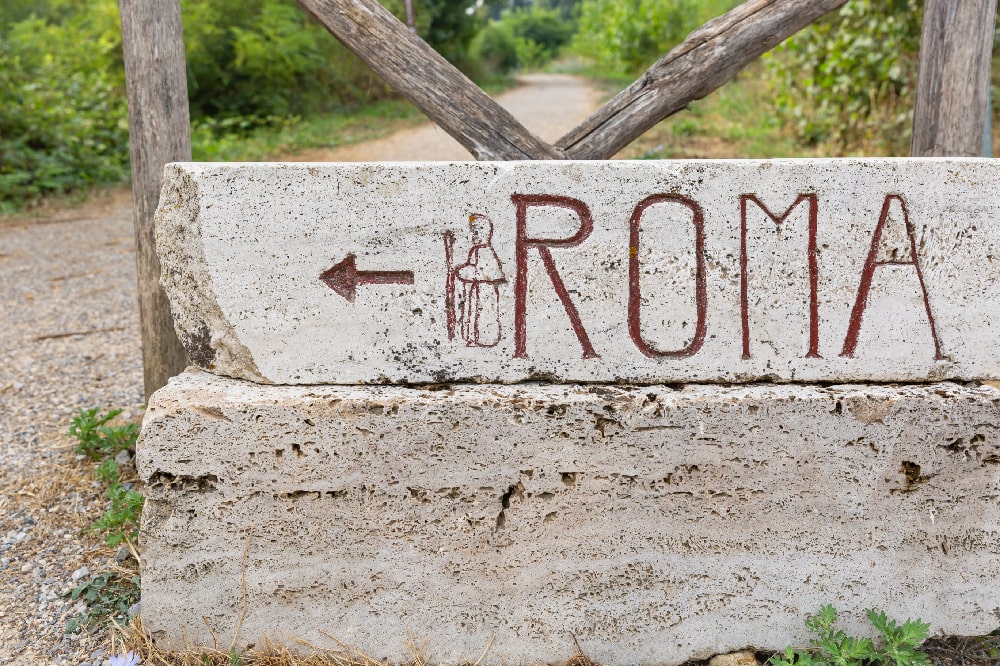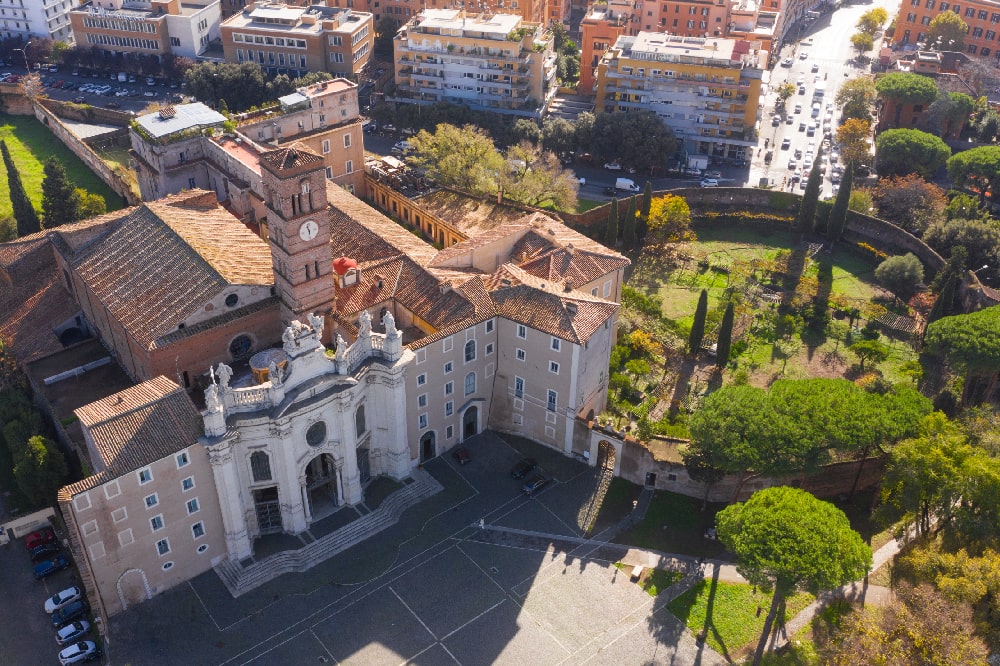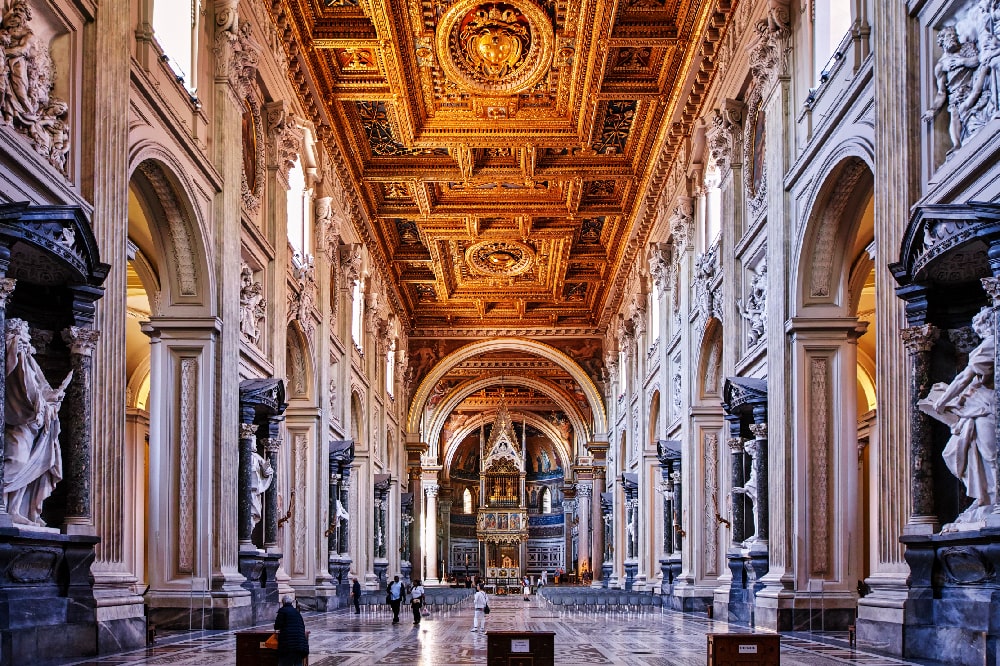Have you ever been fascinated by a wooden lectern holding a ponderous, ancient tome? Fine objects, today lecterns are not only a prerogative of churches. We can find wooden or even plexiglass lecterns in libraries, museums, restaurants and even private homes.
What is a lectern for?
In order to understand the usefulness of this objects, it is enough to read its definition in any dictionary: ‘lectern’, from the Greek λογεῖον «pulpit», crossed with the verb ‘to read’, it is a piece of wooden or metal furniture of various shapes, sizes and manufacture, destined to hold an open book, a musical score or other publications on a slightly inclined plane, so that the readers can read without having to hold anything in their hands, whether standing or seating.
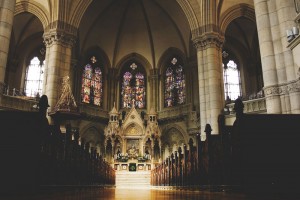
Therefore, the purpose of a lectern is to be a support for something. The definition goes on specifying that there are altar, orchestra and library lecterns. The ambon in some churches (that is, the podium for evangelical readings) is provided with a lectern, or in some cases, it is replaced with one, and there is often one also in the pulpit.
If we think about a lectern, we think of a church or an ancient scriptorium, where industrious monks bend over to copy precious codices or paint precious miniatures. But, as we anticipated, today lecterns are not only used as liturgical elements. Have you ever noticed the lecterns at the entrance of museums as support for guests, or even in restaurants showing the menu of the day or the reservations? Or even during ceremonies, holding the register that will collect all the signatures from the guests? A lectern is not only beautiful, but has also many other surprising uses.
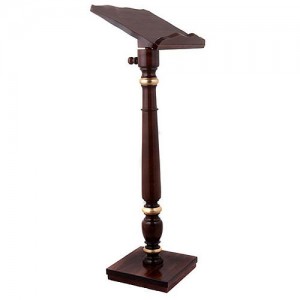
A table lectern cannot miss in a house with many books or musical scores, or actually any other publication you care about. It will not just make your reading more comfortable, whether it is the Bible or other sacred books, but it will also represent an elegant piece of furniture, a fine detail that can fit into any interior design. A particular object with a timeless charm. Rediscover the pleasure of reading comfortably, with an adequate reading light, holding your favorite book on a comfortable table lectern. The uses of lecterns are not limited to that.
At Holyart, we know that very well; you just need to browse our catalog to find out the many uses of our wonderful classical and modern lecterns. Some of our lecterns can even rotate, to give you the best comfort possible. Holyart also offers a wide variety of lecterns for any use and style: from the classical altar lecterns, many of which are embellished by decorations in gilded or silver-plated brass, to antiquated ones. You can find carved wood lecterns and others decorated with golden leaves, the most precious ones; models that are more modern are those made of shiny and transparent plexiglass, almost invisible, discreet and light.
Classical or modern?
Placed on a table or a piece of furniture, a lectern will give an extra touch to your home design.
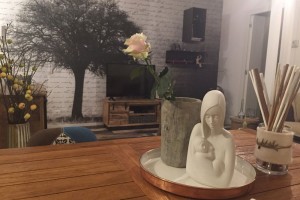
For those who love classic, and are looking for furnishing accessories that are linear and simple, choose wooden lecterns. The tones and veining of walnut, beech, ash or cherry-tree wood will warm up the ambient and will give it a unique look.
Those who prefer modern or daring contrasts in a classic environment, table lecterns in plexiglass are the best solution to play with accessories in a new and surprising way.
Materials: wood or plexiglass?
Going back to the choice of the material, wood is surely a fine material, for many declinations and uses. In order to create table lecterns, the most used wood is usually beech, often used also to make pieces of furniture and accessories not only in homes but also bars and shops. It is resistant and easy to work, and is therefore an excellent material for the structure and frame of chairs and furniture, but it is also ideal as plywood, veneer and also to make wonderful handcrafted objects, furnishing accessories and musical instruments. Floors and parquet stairs are often made with such exceptional wood type.
Even walnut wood offers the many advantages of an easy work and cut. Furthermore, its composition itself makes it particularly apt to be smoothed, varnished and polished. An adequate finishing will make any walnut wooden piece of furniture or object very precious. The dark brown color with shades of grey and lines that can go up to black, offer many aesthetic solutions. Walnut is therefore indicated for luxury furnishing, but also for those looking for mechanical resistance, durability and a feeling of solidity and eternity.
Of a very different nature and versatility is plexiglass, used for our modern and innovative table lecterns. It is one of the most used plastic materials today. It is more transparent than glass, but that does not prevent it from being highly shockproof, bad weather and humidity. Plus, plexiglass lecterns are very resistant also against chemicals, therefore they can turn out to be the perfect solution for labs and kitchens. We are basically talking of a shatterproof material when used inside homes, because if it is exposed to bad weather, with time it can become hard and crack.

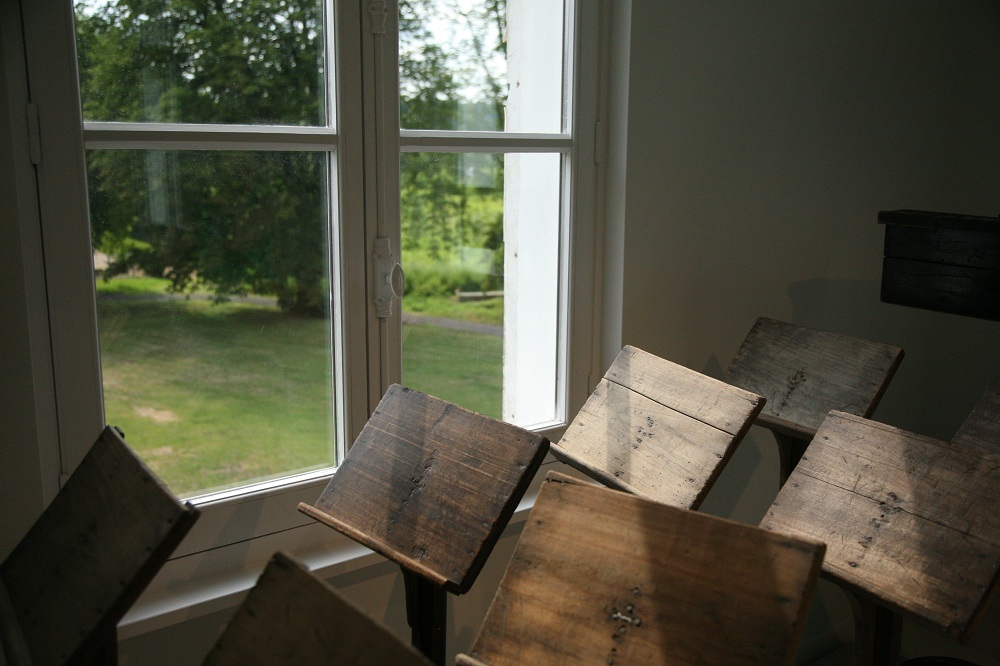
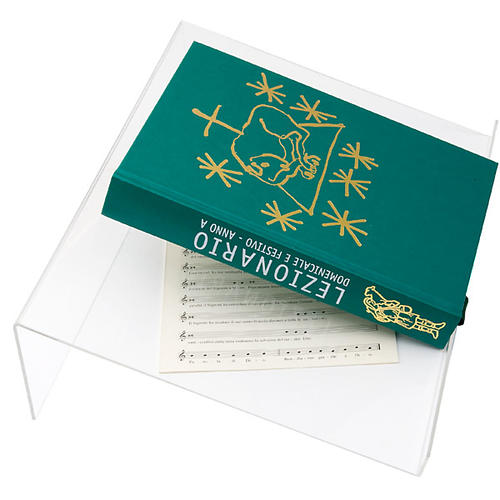
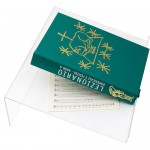
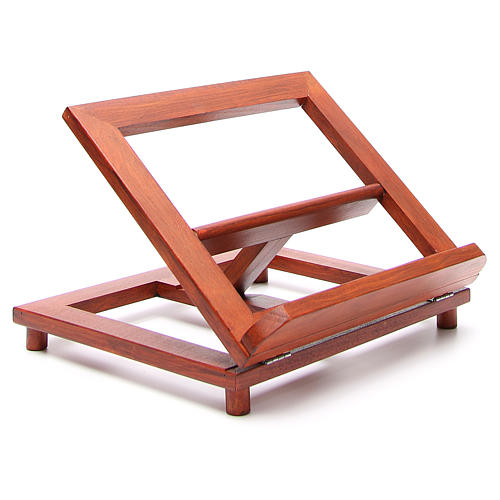
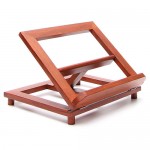

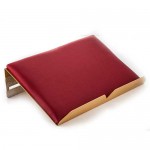
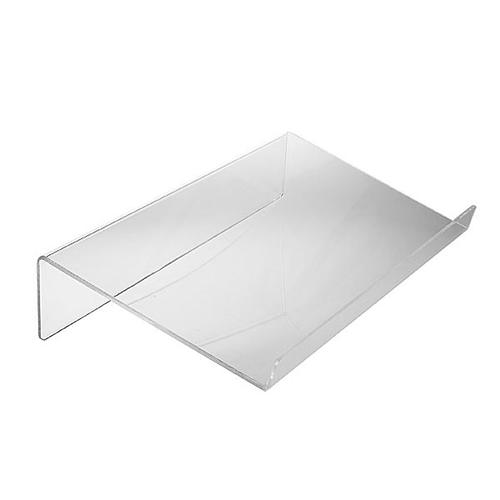
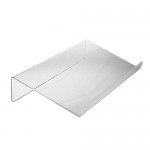
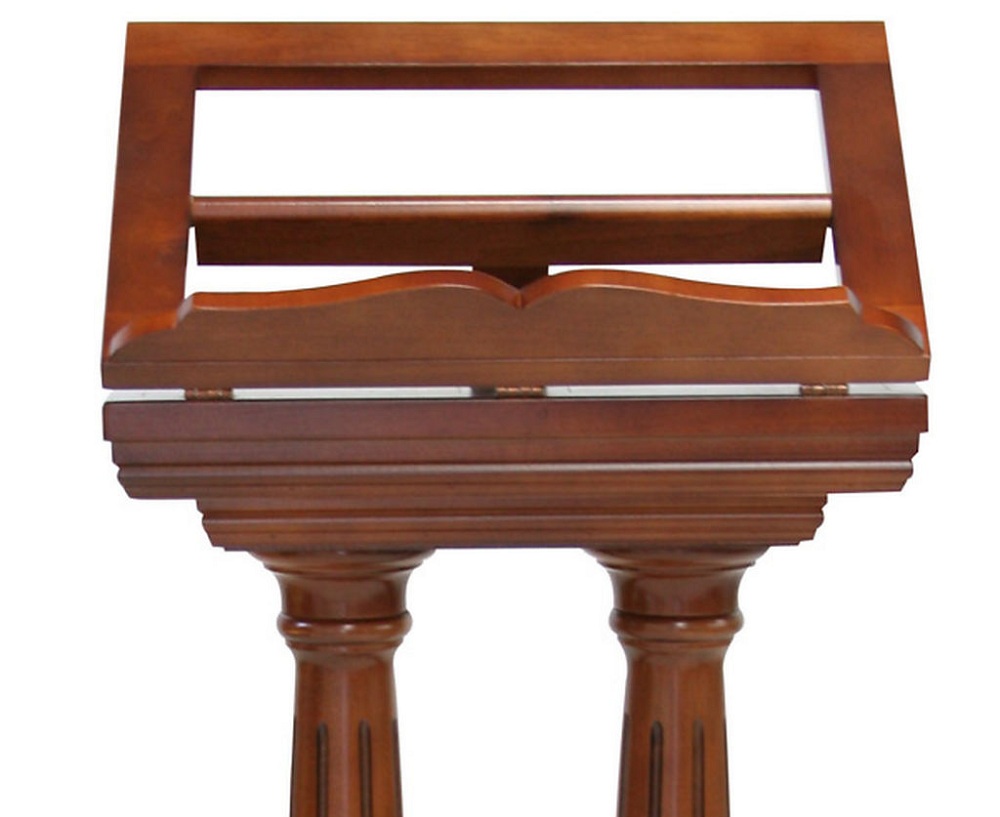
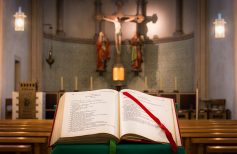
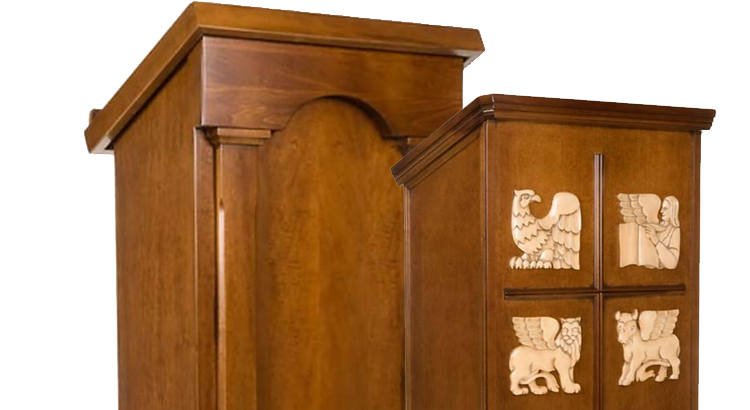

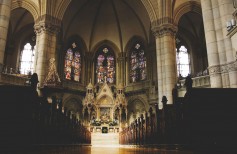
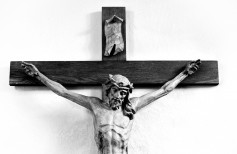

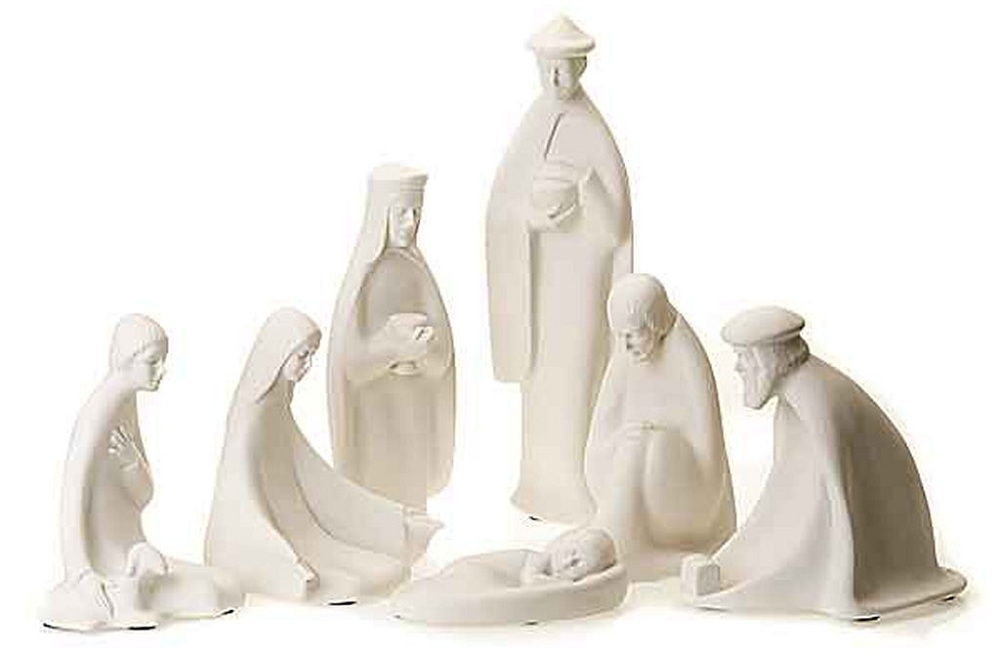
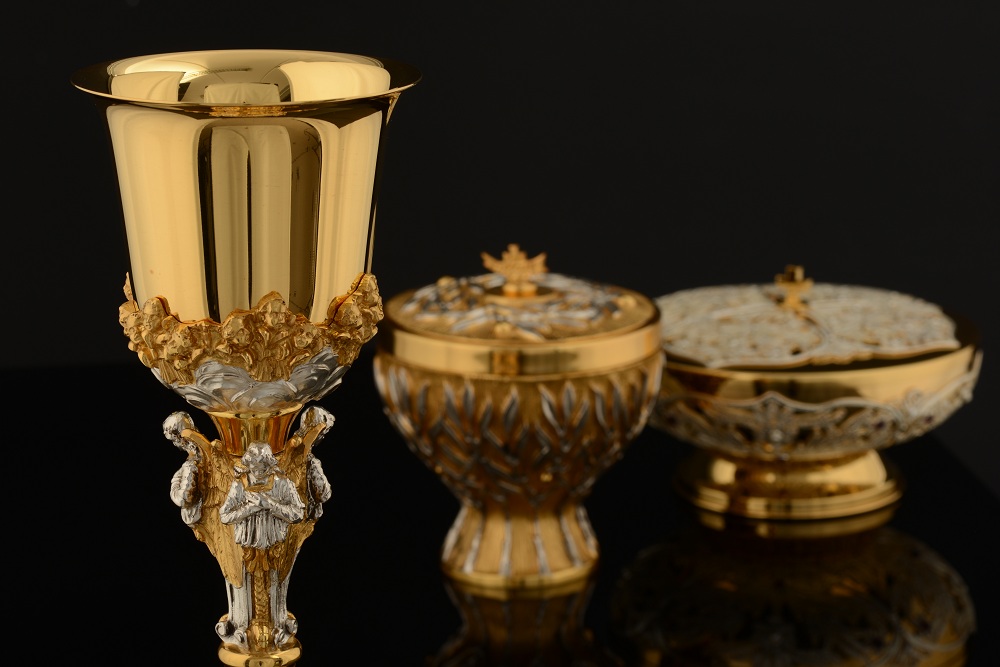







 5 June 2024
5 June 2024
